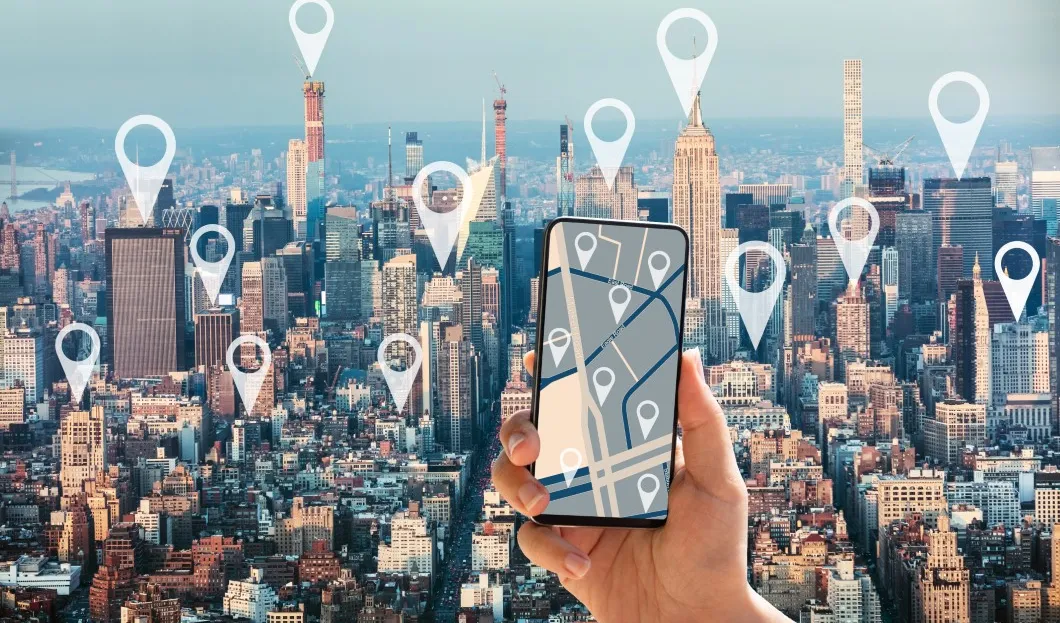
In order to value innovation and exploit data, the successes and advances of companies or start-ups are regularly discussed. Big data is a major issue in the construction of innovative, cost-effective and incredibly useful solutions. The notion of tourism data is not recent, but its interest is intensifying following a very strong increase in the quantities produced and in the face of an acceleration of the technologies capable of exploiting them. Data is becoming big data and big data is becoming a complex digital composite to be transformed into a source of value.
The three types of tourism data
The main challenge facing big data is to make sense of this mix of raw data. It is, therefore, less a question of obtaining a large quantity of data than of understanding its interest and relevance for the stakeholders. In tourism, academic researchers distinguish three categories of big data which become potential sources of innovation: 1- data from user content, 2- data from technical devices and 3- transaction data.
User-Generated Content (UGC)
These are the data produced by users in order to share their tourism experiences. It includes online reviews, blogs, travel stories, tweets and photographs. Widely used by start-ups, their analysis brings a qualitative dimension to tourism behavior that until now has only been identified through tedious and costly surveys whose methodological or emotional biases remain significant.
Online reviews measure travelers' satisfaction with tourism products; blog data and travel narratives can establish tourist routes and peak travel periods by destination; photographs can be used to explore visitor activity and points of interest by examining associated metadata.
Devices Data
Every interaction with electronic equipment records data. Thus, all data recorded by devices, such as smartphones or external devices (GPS, Roaming, WIFI, Bluetooth etc.) are likely to provide information on the tracing of the tourist experience.
GPS data reconstitutes the movements of tourists in a park in order to know the routes taken and to question the proposed tourist route; mobile data represent the seasonality and origin of tourists in a region; weather data allows the analysis of the relationship between the number of nights and snow depth in ski resorts to ensure sustainable management of the destination.
Transactions Data
Online transactions represent all data recorded by online searches, online bookings or credit card and other payment modes. Having this data means having very precise information for predictive analysis or knowledge of visitors' behavior.
Beyond search engine marketing referencing, web data can predict tourist arrivals in cities to prevent, for example, over-tourism effects. Other transactions can reveal the (in)efficiency of hoteliers in energy management through water or electricity consumption data.
Big data allows many possibilities, especially through research and analysis of new phenomena. This innovation can have a considerable impact on tourism, even if the data are not structured yet. The data may lead to many very concrete solutions and sometimes significant savings, but it is sometimes still largely fantasized.









